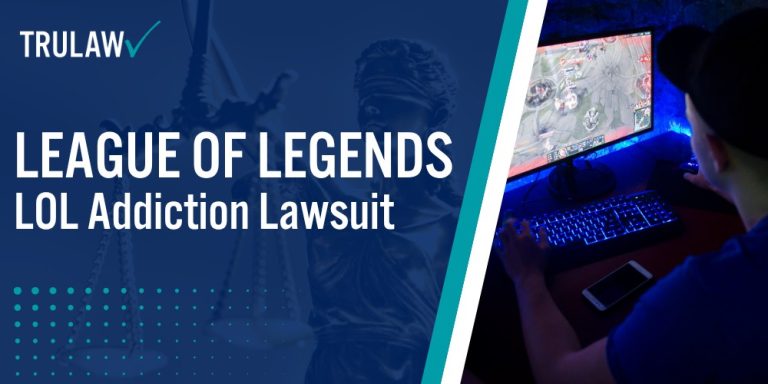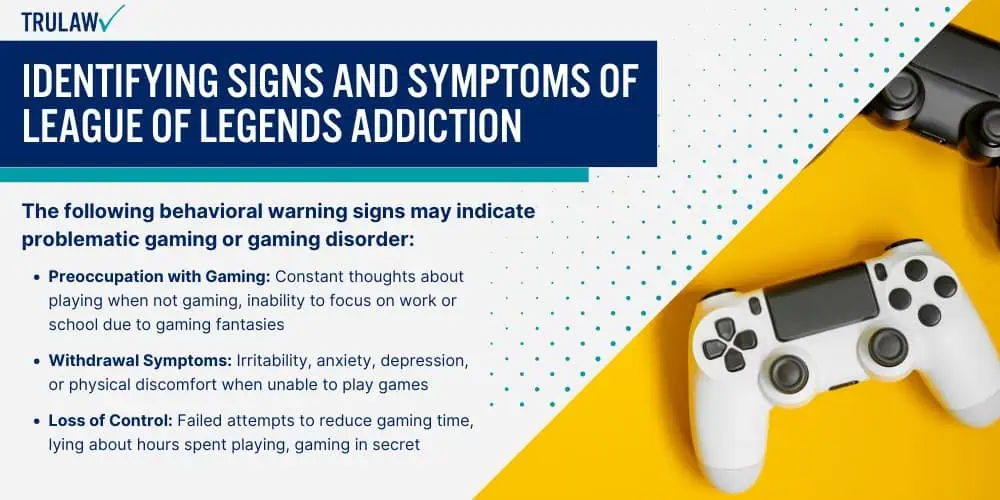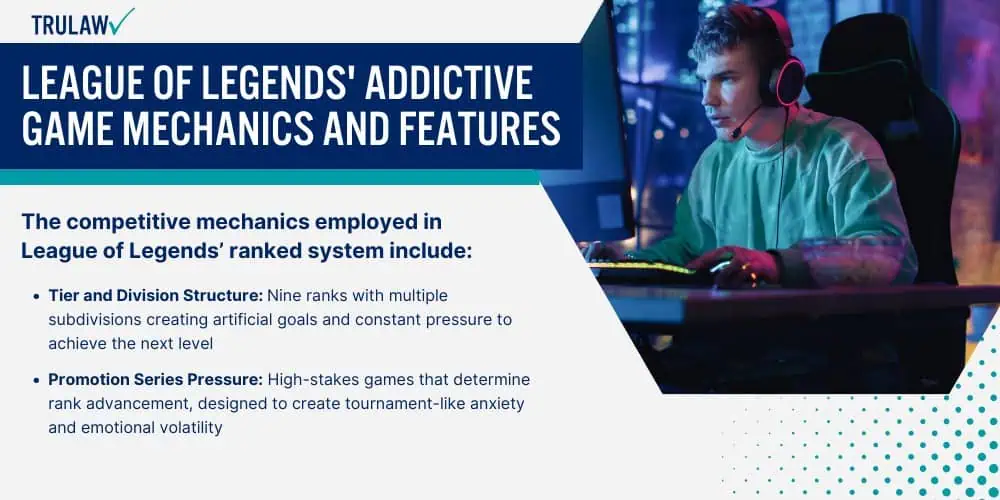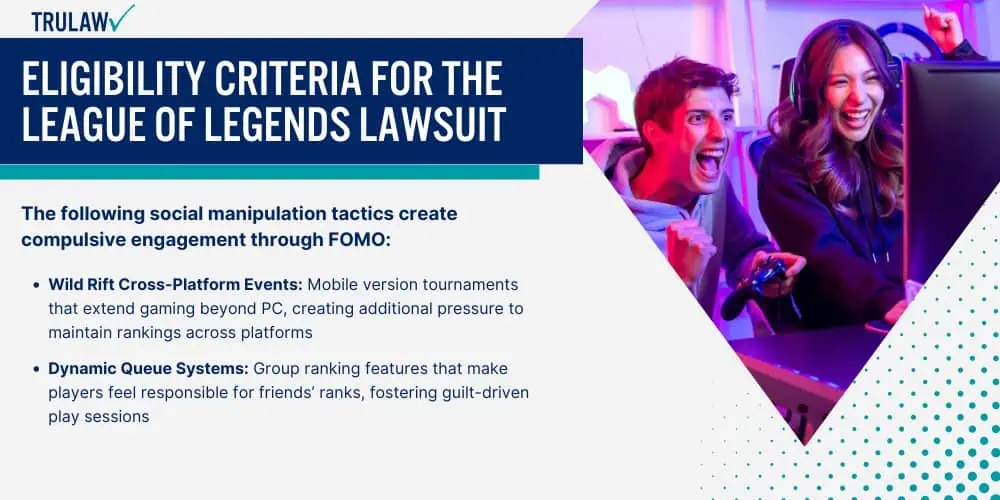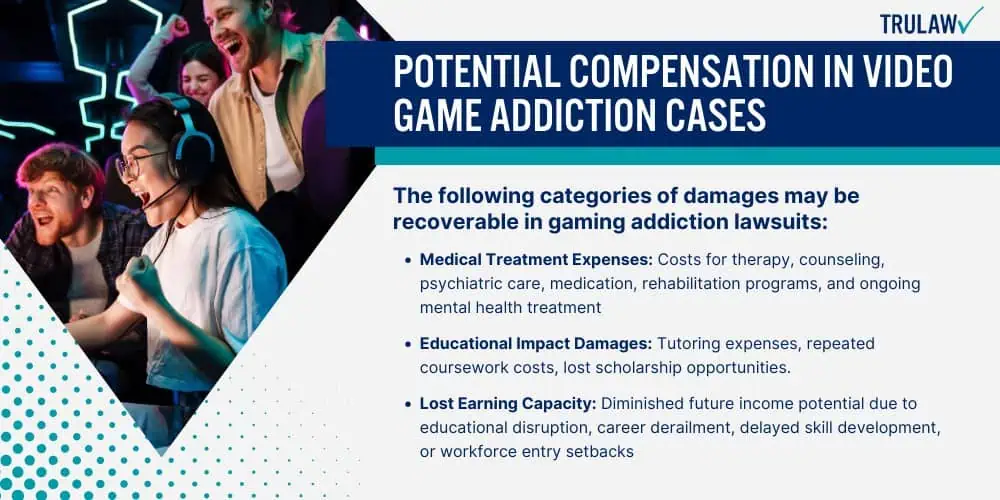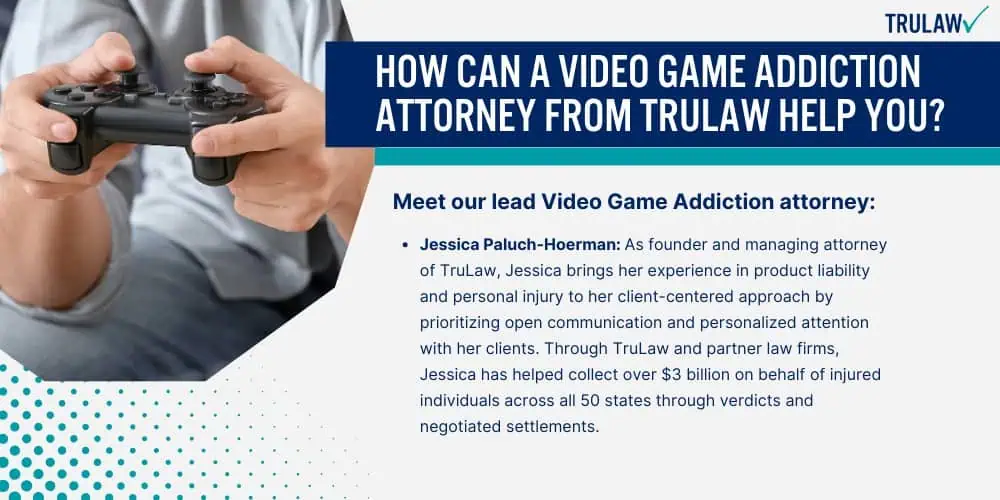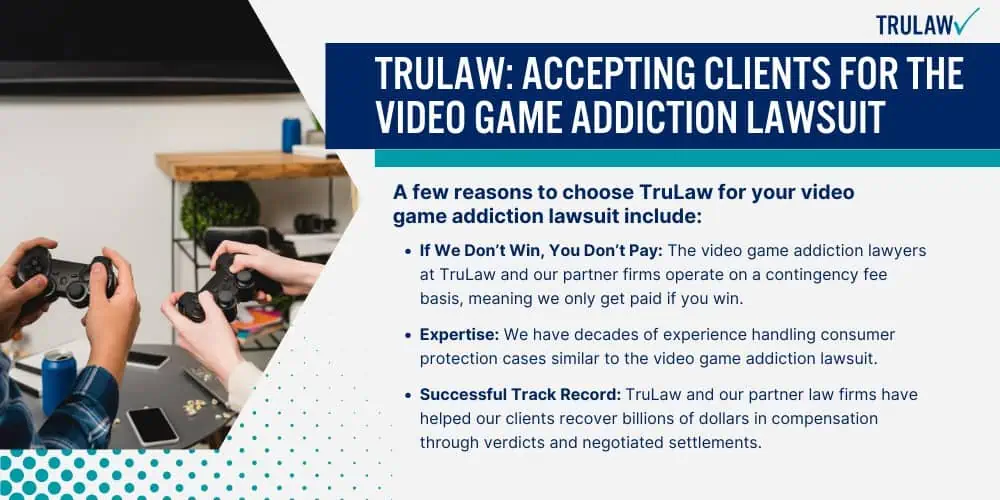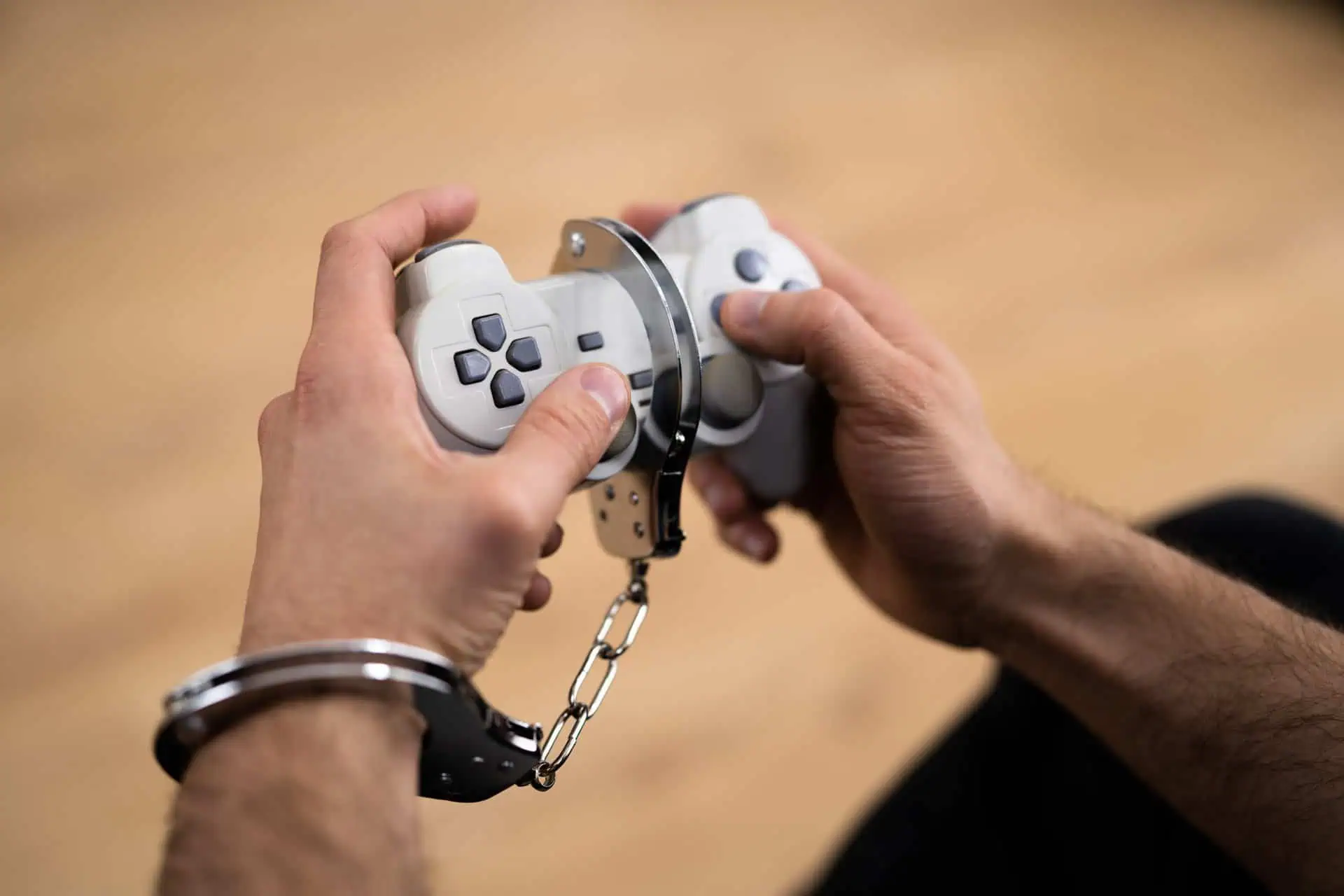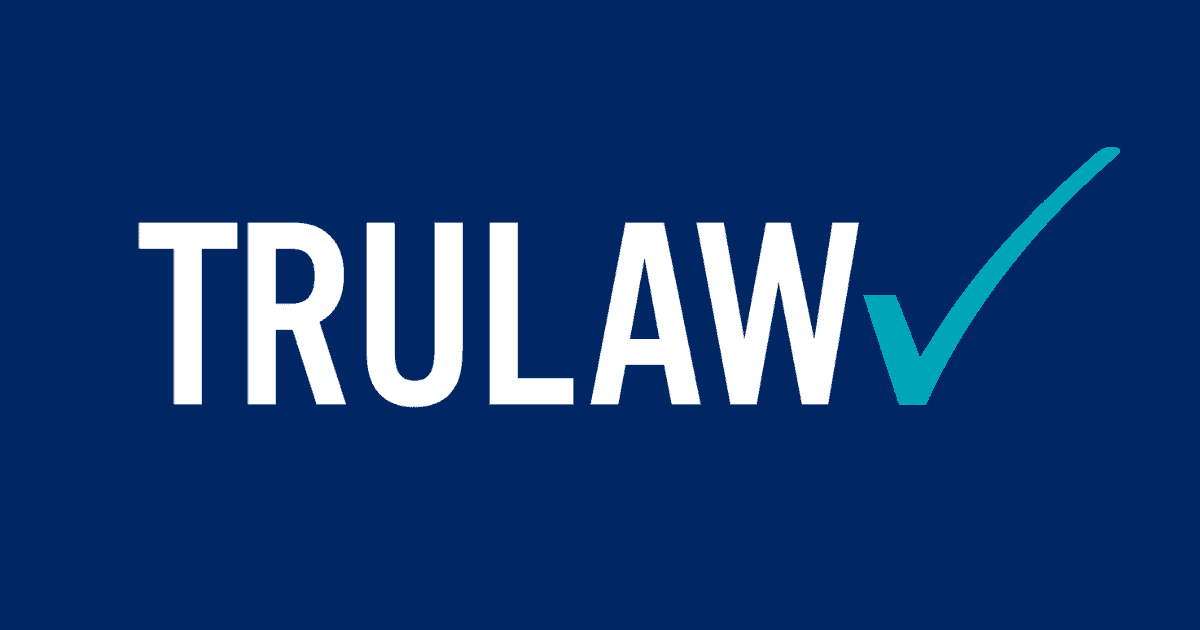The core allegations against Riot Games center on the company’s deliberate incorporation of addictive game mechanics that exploit known psychological vulnerabilities.
League of Legends fosters a sense of urgency and competition, leading players to prioritize gaming over real-life commitments through randomized rewards and social components.
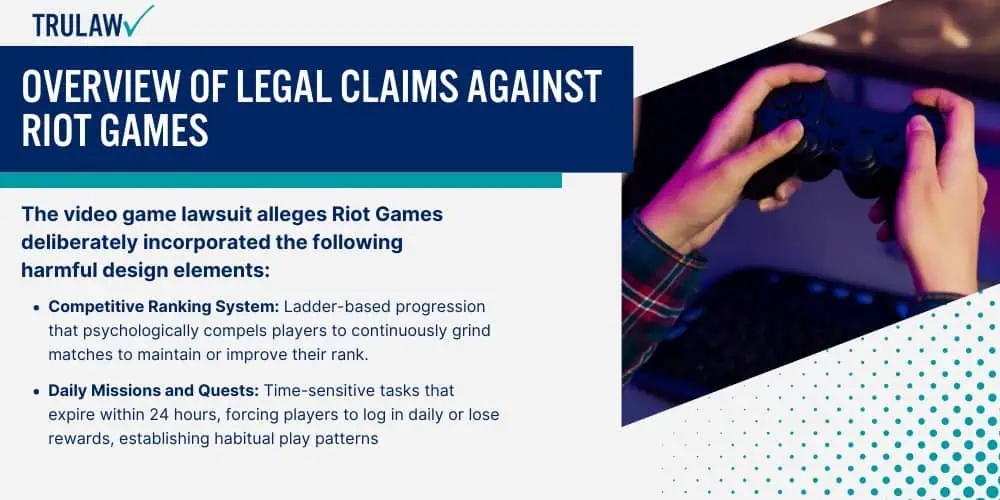
The game’s Hextech Crafting system functions as a loot box mechanism, where players can earn chests through play or purchase them with real money, creating unpredictable rewards that keep players engaged.
The video game lawsuit alleges Riot Games deliberately incorporated the following harmful design elements:
- Competitive Ranking System: Ladder-based progression that psychologically compels players to continuously grind matches to maintain or improve their rank, creating anxiety about falling behind
- Daily Missions and Quests: Time-sensitive tasks that expire within 24 hours, forcing players to log in daily or lose rewards, establishing habitual play patterns
- Event-Exclusive Content: Limited-time skins, champions, and rewards available only during specific windows, exploiting fear of missing out (FOMO) to drive excessive play sessions
- Variable Reward Schedules: Randomized loot boxes and unpredictable reward drops that trigger dopamine responses similar to gambling mechanisms, keeping players engaged through intermittent reinforcement
Legal experts note that more than 100 gaming lawsuits have been coordinated in Judicial Council Coordinated Proceeding (JCCP) No. 5363, overseen by the Honorable Samantha P. Jessner in the Los Angeles Superior Court.
This consolidation streamlines discovery and positions cases for potential global settlement while maintaining individual claim integrity, following patterns established in pharmaceutical and tobacco mass tort litigation.
The Science Behind League of Legends Addiction
The neurological basis of League of Legends addiction aligns with the World Health Organization’s definition of gaming disorder in ICD-11 as a pattern of gaming behavior characterized by impaired control over gaming, increasing priority given to gaming over other activities.
Research demonstrates that League’s mechanics activate dopamine pathways through unpredictable rewards, competitive victories, and social validation mechanisms that create dependency patterns similar to substance addiction.
The lawsuits identify several specific game mechanics and business practices that allegedly foster addictive behaviors:
- Competitive Ranking System: Tiers and divisions that create constant pressure to climb the ladder and achieve higher ranks
- Intermittent Reward Schedules: Loot boxes, random drops, and variable reinforcement patterns similar to gambling mechanics
- Daily Missions and Limited-Time Events: Create urgency and fear of missing out (FOMO) among players
- Social Pressure Mechanisms: Team-based gameplay that makes players feel obligated to continue gaming sessions
- Frequent Content Updates: New champions and features that require continuous engagement to stay competitive
- In-Game Purchases and Microtransactions: Exploit impulsive spending behaviors, particularly in young players
- Dopamine-Driven Feedback Loops: Visual and audio rewards for achievements, kills, and victories
Scientific studies indicate that adolescent brains are particularly vulnerable to these reward system manipulations, with the American Psychiatric Association noting that gaming disorder affects young adults ages 18-24 at higher rates.
The WHO’s recognition of gaming disorder validates these concerns, with research showing 4.6% of adolescent gamers meet criteria for internet gaming disorder requiring clinical intervention.
California JCCP No.5363 Consolidation
The May 2025 Judicial Council Coordination Proceeding represents a watershed moment in gaming addiction litigation against video game companies.
Judge Samantha P. Jessner of the Los Angeles Superior Court oversees this consolidation, which allows for more efficient discovery processes, expert witness coordination, and consistent legal standards across multiple cases.
This procedural framework enables plaintiffs to share resources while maintaining individual damage claims.
The consolidation provides several strategic advantages:
- Centralized Judicial Oversight: Judge Samantha P. Jessner of the Los Angeles Superior Court oversees this consolidation, ensuring consistent rulings across over 100 coordinated cases and eliminating conflicting decisions from different courts.
- Streamlined Discovery Process: The centralization allows families across California to pursue their cases efficiently with consistent rulings, reducing duplicative efforts and allowing plaintiffs to share depositions, expert witnesses, and documentary evidence.
- Pooled Resources and Expertise: Plaintiffs can share expert testimonies, fact-finding, and important information reducing individual litigation costs while building stronger cases through collective knowledge.
- Enhanced Negotiating Power: The consolidation of multiple cases creates leverage for potential global settlements, as defendants face unified opposition rather than scattered individual lawsuits across various jurisdictions.
Legal analysts compare this consolidation to successful MDLs in opioid and tobacco litigation, where coordinated proceedings facilitated settlements exceeding billions of dollars by demonstrating systematic corporate knowledge of addiction risks.
The structure positions plaintiffs to demonstrate Riot Games’ awareness of addiction psychology through internal documents and design patents, similar to how Epic Games faced scrutiny for their game mechanics.
If you or a loved one developed addiction symptoms while playing League of Legends before age 25, you may be eligible to seek compensation through TruLaw and our network of experienced attorneys.
Contact us using the chat on this page to receive an instant case evaluation and determine whether you qualify to join others in filing a League of Legends lawsuit today.
